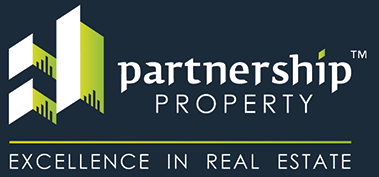
I am sure many of you will have heard some of the negative commentary surrounding the Brisbane property market.
Currently there is an oversupply of units in Brisbane. This is a result of 40,000 plus units being built over a three-year period, with Brisbane City Council, and to a lesser extent the State Government, the big winners. Most of these units have been built in the form of high-rise developments, and while stamp duty of 2% has undoubtedly been of benefit to the Statement Government, the returns for Brisbane City Council are exceptional. With low cost outlay due to infrastructure already in place, average rates for a unit are $1,500 a year x 40,000 units = $60,000,000.00 – repeating every year.
To put things into perspective, the Queensland market did not really recover after the Global Financial Crisis (GFC). The mining boom masked the underlying problems, and once the mining boom was over, only then did the market return to normal supply and demand. However, while the Queensland and Brisbane markets do have a few hurdles to overcome, such as rental returns dipping temporarily due to oversupply (expected to correct over the next 18 months) – there is plenty of evidence to suggest that the Queensland property market, and particularly the South-East Queensland market, will perform strongly over the coming three years.
Why I believe within 18 months the affected oversupply of apartments will begin to diminish:
- Unit construction has slowed. Lenders now require a much large number of presales before they advance construction funds. While the numbers have reduced, there are still buyers in the unit market; developers are finding that three-bedroom units have become very popular with empty-nesters no longer requiring four-bedroom homes on large allotments.
- The intrinsic value in property within the 10km radius is in the land, as land is finite. Houses have had steady price growth over the last three to five years, and there are 14 suburbs in Brisbane where the median house price is $1M, with another 5 suburbs close to that mark. With these increases, homeowners are tending to stay put, which means there is a limit on land available for development, and the land that is available is expensive; the outcome will be that unit prices will start to increase.
- Population growth will be a major factor in growth; Queensland is relatively inexpensive in comparison to Melbourne, and many will find Queensland a far more affordable option. The internet and NBN have expanded employment opportunities to work from home, with employees not necessarily living and working in the same city, and this trend will only increase in the future.
Queensland, particularly South-East Queensland, has a bright future. More than $10 billion dollars is to be spent on infrastructure over the next five years. This money is being spent because our population is estimated to increase dramatically – more than two million people over the next 10 years. Brisbane’s population alone, excluding the Moreton Bay region, Ipswich, Sunshine Coast and the Gold Coast, will increase by 400,000. The important thing to remember is that with development sites becoming extremely rare, and increasingly more expensive, developers not fortunate enough to have ‘land-banked’ for the future will have to purchase pre-existing buildings, tear them down, and rebuild. This is not a cheap exercise and the outcome will be that the price of all properties, not just houses, will rise – especially in the 10-12km radius of the Brisbane CBD.
Robert Fuller, Partnership Property
